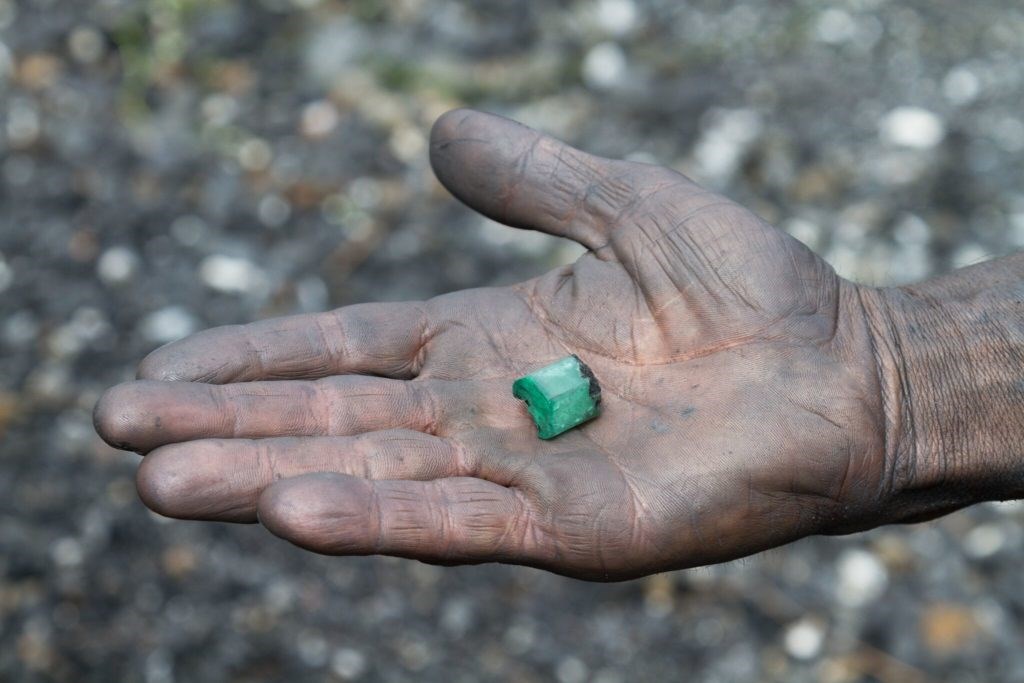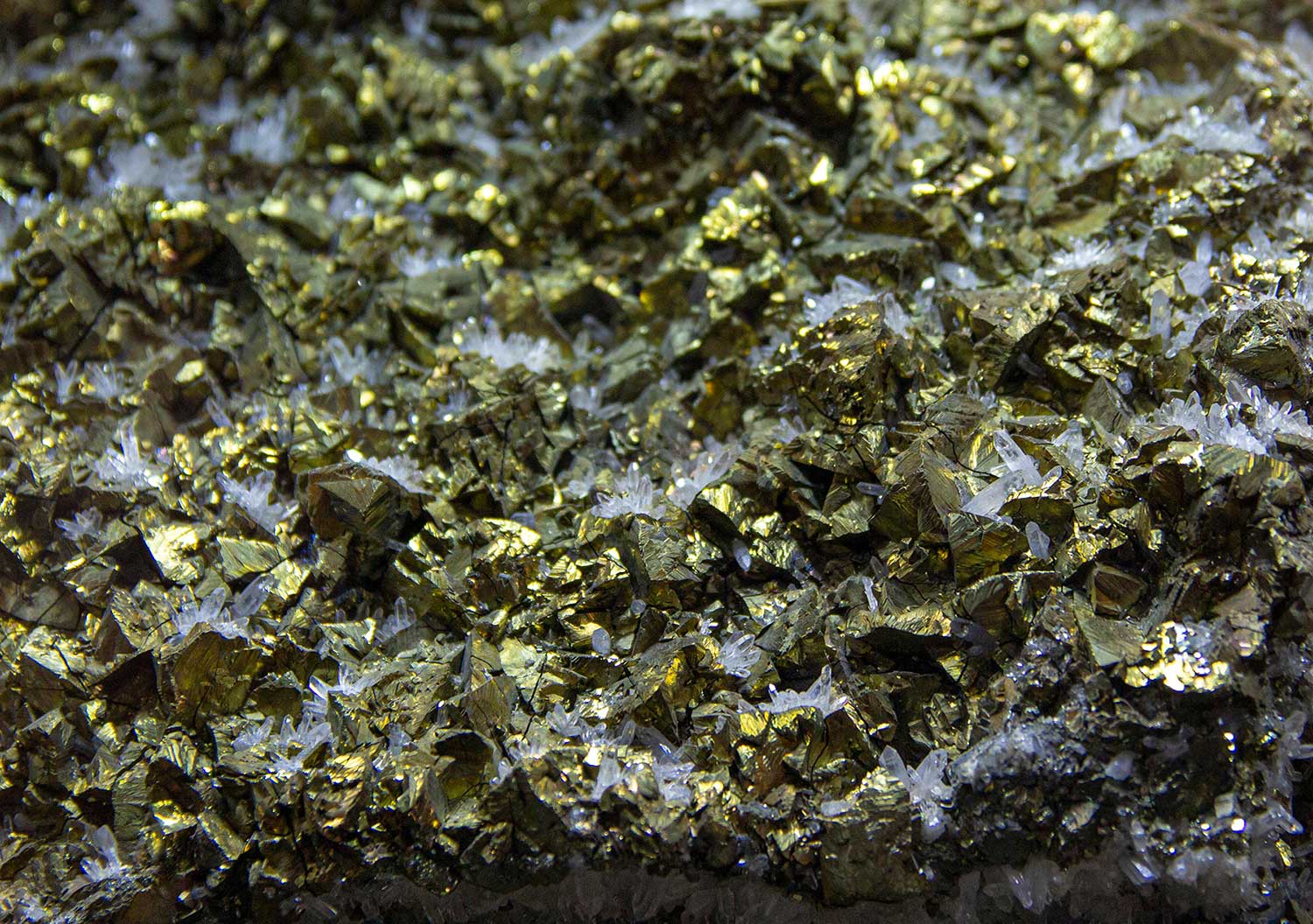The Issue with the Promise of ‘Ethically Mined Gemstones’
Published date: 07 June 2024

We take your security very seriously and have put in place a number of measures that reduce the risk of the website being maliciously attacked. This means that sometimes content on our site will timeout.
Please try to complete the action again.
Please do not click back on your browser as this may cause further issues.
Published date: 07 June 2024

Ethical mining has come about from the precious gemstone industry where the mining of one stone for example Diamonds, had become tainted by stories of mass corruption, drug cartels and illicit practices, with the exploitation of the source market both ethically and environmentally. With huge sums of money at stake, the major investors and partners have taken the challenge to make clean their industry. When mining just one valuable material there is huge control available and the money to invest in monitoring the supply

Considering the entirety of what ethical mining concerns, when we apply this to the semi-precious gemstone market, very quickly the issues can be identified.
Commercial gemstones or semi-precious gemstones, are sourced worldwide, and some specific stones maybe available from multiple continents, take the ever popular Rose Quartz it can be found in Brazil, India, Sri Lanka, and Madagascar to name a few locations, even Spain has deposits.
There are also a multitude of different mining methods across the industry depending on the nature of the deposit and the gemstone, often gemstones maybe mined as a by-product of a bigger mining industry, through to small deposits being mined by locals within a locality.
It maybe easier for large scale mining corporations to prove they are following ethical mining practices, but for smaller mining operations, the cost of this level of requirement would likely see the process becoming unfeasible to maintain operations and can even be beyond a small teams abilities to adhere to, due to the countries they exist in.
Once mined the stone is usually sold into the market and may exchange hands multiple times as it crosses the globe before reaching manufacture for cutting into cabochons, facets or gemstone beads. It can often be the case that gemstones ending up in manufacture were mined many years ago and have come to market as the supply is waning and the material value increased.
There is no singular standardised production protocol or certification system in place due to the multitude of countries from which gemstones are sourced, and the intricate, multi-step journey from extraction to manufacturing is challenging to document. Gemstones originate from various geopolitical states, often from less developed countries, adding complexity to the process. Furthermore, the cost of implementing such a system would likely surpass the value of the gemstones involved.

As gemstones progress through the stone processing and cutting stages, it becomes increasingly feasible to assess their ethical credentials. This final step before market distribution is subject to growing regulation, with businesses required to adhere to environmental and ethical standards. Notably, the regulation is particularly stringent for Chinese cut gemstones, as detailed in our recent blog post about our visit to one of our gemstone cutters. However, it's essential to acknowledge that not all stone types may undergo cutting under these regulated conditions. Moreover, many wholesalers continue to source goods from the market place and with no paperwork on path to market, this information is lost, also other countries in which stone cutting may occur may not have as regulated practices.
Ethically Sourced Gemstones
Some brands are focusing on this end stage of production and may use the term 'ethically sourced gemstones' to market their gemstones with, this appears to ascertain only to the cutting of gemstones by a certified manufacturer, but this can be quite misleading to the consumer suggesting the whole route to market is governed.
Consumer awareness and responsibility
In addition to relying on industry regulations, end consumers can take the initiative to conduct their own research into gemstone origins and production practices. By exploring which countries are primary sources of specific gemstones and researching the prevailing working conditions and regulatory frameworks in these countries, consumers can gain valuable insights into the ethical practices upheld within the mining process. This informed approach empowers consumers to make conscientious choices and support ethical sourcing practices that align with their values.
For those who are uneasy about the lack of supply chain information in the sourcing of semi precious gemstones, exploring alternatives to natural semi-precious stones is an option worth considering.
The synthetic stone market is experiencing steady growth, presenting remarkable alternatives to natural gemstones. Cubic zirconia, for instance, mimics the vibrant hues of natural precious gemstones, offering a cost effective and ethically sound alternative. Lab created opals showcase a mesmerising play of colour at an attainable price point, providing an attractive option for jewellery enthusiasts. Additionally, synthetic versions of various gemstones are increasingly gaining traction in the fashion jewellery market. Moreover, as the cost of lab created diamonds decreases, they are poised to become a viable option for the lower priced segment of the gemstone market. These synthetic alternatives not only offer a reasonable alternative to their natural counterparts but also alleviate concerns regarding ethical sourcing and environmental impact.
We remain very wary of the term 'Ethically Mined Gemstones', our knowledge of the industry from over 50 years buying and supplying gemstones leaves us with many questions of any claim to the ethical status of semi precious gemstones. Even claims of ethical sourcing requires further questioning due to the vagueness of this term.
